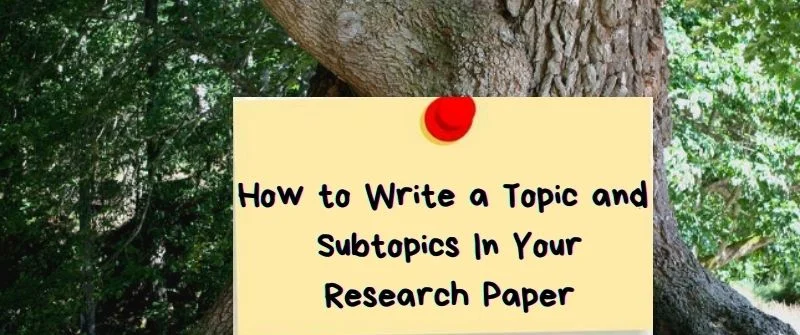Conclusion Starters: What they are and Examples for Common Essays
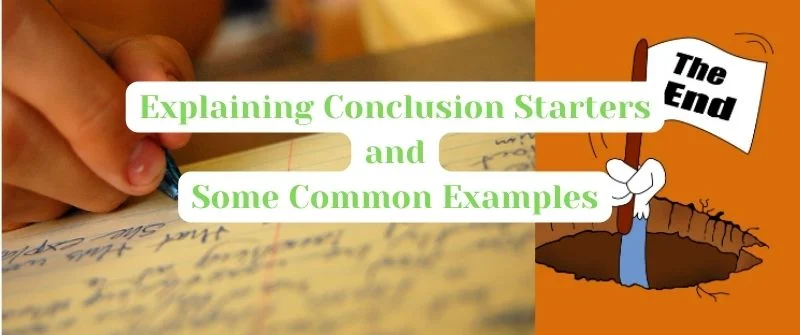
How you start the end paragraph of your essay or research is as important as the first sentence hook used in the introduction.
The conclusion paragraph should always start with words that tell the reader that the content or piece of writing is coming to an end. A good sentence to begin the paragraph usually helps you craft a better conclusion.
Also Read: Can Exams be Proctored without You Knowing: its Pros or Cons
What is a Conclusion Starter in Essay Writing?
A conclusion starter is a transitional phrase that lets the reader understand that they have reached the end part of the essay. This is the first step in a conclusion format that helps you sum up content rather than stopping abruptly.
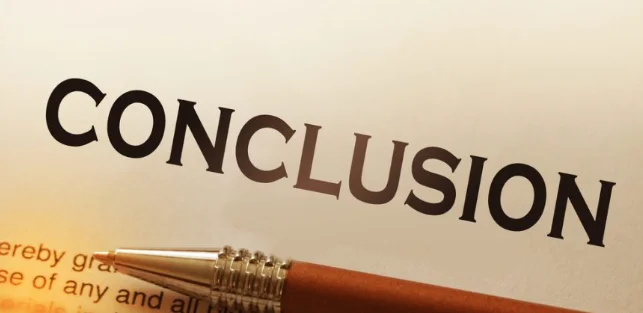
Conclusion starters should include a few words that introduce the topic. These reasons make conclusion starters the most important aspects when writing conclusion paragraphs of essays and research.
They are a simple way to help you get the job done. Conclusion starters are usually similar in most essays even if the content and format of the essays are different. Conclusion starters introduce the first sentence of your conclusion, which should be the link between the body paragraphs and the conclusion paragraph signaling that you are warping up your thoughts.
Why do we use Conclusion Starters in Writing?
Conclusion starters are vital in crafting proper conclusion starters. The following are reasons why conclusion starters are used in writing:
1. To Signal that you have reached the Final Part of your Essay
You should start the conclusion in words that tell the reader that it is the final part of your writing and no other paragraphs will follow through.
You can only have one conclusion that should not extend to further parts.
2. To Let the Reader know that there is no other new information
Through the conclusion starter, the reader is not expecting a topic sentence with further new information about the essay.
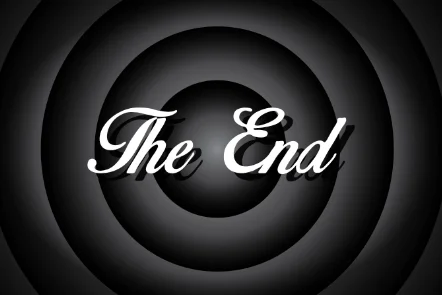
Instead, they are set for the conclusion of the information that they have just read summarized in a few words.
3. Set the Expectation of the Reader on the Summary of the Writing
Through conclusion starters, readers can know what to expect in the conclusion.
For example, it could be a call to action, a statement that needs more research, or the obvious summary of the main points
4. To Restate the main point of the Essay or Research
Conclusion starters should help reveal the thesis statement of the paper.
The main idea of the essay should be included in the first sentence of the essay to restate your stand and open the way for the conclusion of the different ideas incorporated in the essay in support of the main idea.
5. To Leave with a Bang
Conclusion starters help you as a writer to make an impression on readers. They help connect with your audience which should be your main focus.
This is by preparing them for the end of your work. Also, conclusion starters are a catchy way to introduce your conclusion paragraph.
Also Read: Text Features: Definition, Examples, and how to use them
Mastering the Art of Writing Good Conclusion Starters
Deciding the perfect and correct conclusion starters for your essay is not easy. To master the art of writing good conclusion starters you must ensure the following:
Use the Appropriate Words
This usually depends on the type of paper and the content you have written. Words such as “in conclusion” or “in summary” can be used in an essay that explains a process or tells a story about something.

Other phrases such as “in my opinion,” “generally,” and ultimately can be used to relay the main points or stand of the writer in the essay. Always note that it is important to choose a conclusion that fully complements the content you have written.
Only a few words should Introduce the Opening Sentence
It should not take you many words to notify the reader that your piece of writing is coming to an end.
Always use a few words words to start the conclusion which then are followed by a comma with the words that follow aiming at restating the main point of your paper.
Formal Tone
Do not try making the conclusion starter too fancy by exaggerating it. Use formal language that the readers will fully understand.
Also, the conclusion can be crucial in revealing some points that may not have been clearly explained in the body part if the reader can understand it fully.
15 Conclusion Starters Examples for Argumentative Essays
An argumentative essay uses evidence and facts to support the main claim of the paper which is its thesis statement. The main aim is to persuade the reader to agree with the points that are being made.
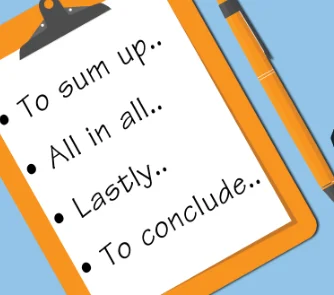
The conclusion paragraph of an argumentative essay should be an overview of the points that you want the reader to side with.
The first sentences of the conclusion of an argumentative essay should either restate your topic and why it is important or restate the thesis statement.
Also, the sentence can call for action, overview future studies, or address the opposing arguments stating why the reader should side with your argument. Conclusion starters for argumentative essays should include the following words:
- In conclusion
- Upon considering all the facts
- In line with the above perspectives
- With all the above in mind
- With the above evidence, there is no other choice than to conclude that
- In the light of this information
- The logical conclusion is
- The major revelation from these arguments is
- As the above data reveals
- The results of the above arguments all lead to the conclusion that
- It is clear beyond any shadow of doubt that
- For these reasons
- All arguments point at
- To conclude, it is clear that
- In summary
Also Read: How to Cheat on a Math Test: 9 Tricks and Hacks
12 common conclusion starters examples for common essays
To conclude common essays, you should always be in line with the thesis statement of the essay. Also, all ideas in the essay should be reviewed in the conclusion.
The conclusion should not be a mere summary but a synthesis of your points. Instead of listing every single argument, you should draw all the points together and establish how they relate.
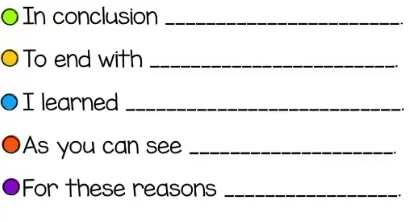
The ideal conclusion paragraph for every essay should restate the thesis statement on the first statement, summarize all the key supporting points that were involved in the essay, and offer your final impression on the central topic of the essay.
Conclusion starters for common essays may not be essays to come up with as one thinks because they should rhyme with the content that you have written. For example, “finally” is a conclusion starter that should be used to indicate the end of a process.
A word like “overall” is used to generalize thoughts in the conclusion paragraph. Therefore, you should always be cautious about the type of conclusion starter you choose for your essay to make it sensible. A wrong conclusion starter can make the whole conclusion paragraph lose its meaning.
Also, the right conclusion starters will help prevent mixing up ideas or coming up with new ones that may not relate to the essay at all.
Some of the commonly used conclusion starters for common essays include:
- In conclusion
- In a nutshell
- Eventually
- Finally
- For this reason
- In my opinion
- In summary
- To wrap it up
- As a result of the above,
- Overall
- To cut the long story short
- In brief

With over 10 years in academia and academic assistance, Alicia Smart is the epitome of excellence in the writing industry. She is our chief editor and in charge of the writing department at Grade Bees.


